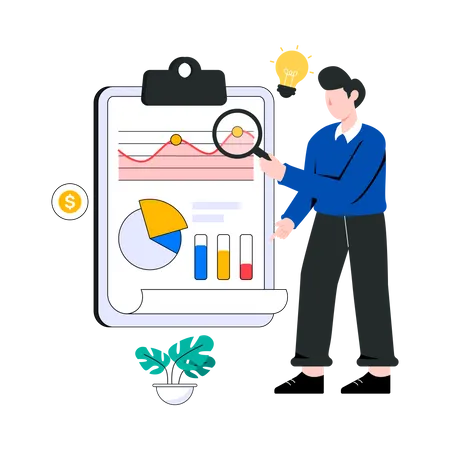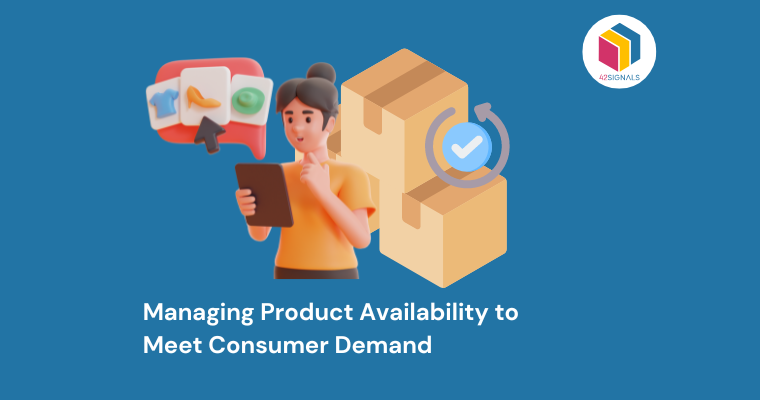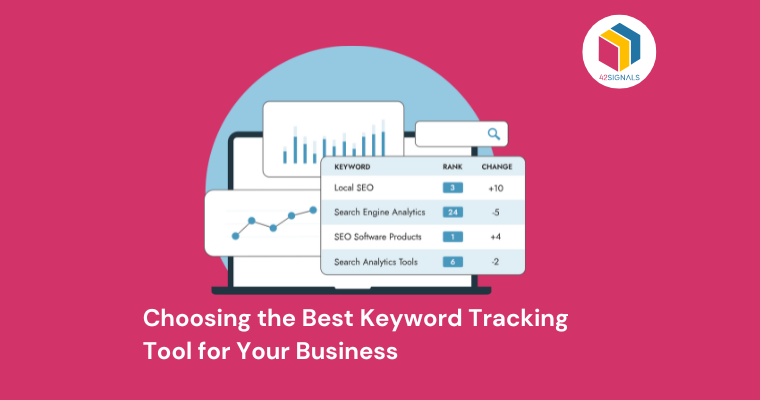Imagine stepping into the shoes of Alex, an e-commerce entrepreneur who runs an online athletic footwear store. Everything was running smoothly until a new athletic store emerged as a formidable competitor. This new entrant swiftly gained traction across multiple online marketplaces, thanks to its sleek design, generous discounts, lightning-fast delivery, and personalized options.
Armed with competitor insights, Alex embarked on a journey to analyze user preferences, competitor pricing, stock availability, and the customer experience. Gradually, he refined his current strategies using the valuable insights derived from competitor data. With this newfound knowledge, Alex is better equipped to make strategic decisions that resonate with his target audience, enhance their shopping experience, and ultimately drive sales.
In today’s competitive landscape, staying ahead of rivals is not just a desire for brands; it’s a necessity. As the preferences and behaviors of millennials and Gen Z customers evolve rapidly, online brands struggle to keep pace. This is why continuous tracking of competitors’ strategies has become imperative, and this is where competitor analysis steps in.
What is Competitor Analysis
In business, competitor analysis involves studying competitors’ weaknesses and strengths to develop better strategies. In today’s e-commerce marketplace, brands face both opportunities and challenges. Staying competitive requires analyzing market trends, competitors, customer behavior, and more.
Competitor analysis tools empower brands to uncover insights that inform better decisions in areas such as pricing, product development, and marketing. These tools simplify the process of data collection, analysis, and interpretation.
Choosing the Right Competitor Analysis Tools
Amidst the multitude of tools available, brands must exercise caution when selecting the most suitable one. Consider three critical factors when making this choice:
Data Types: Brands should identify the data sources they require, whether it’s pricing data, customer reviews, discount and rating data, stock availability trends, and more. This helps shortlist tools that align with their needs.
Business Goals: To refine marketing strategies, optimize pricing decisions, and enhance product development, brands should choose a tool that offers insights in these areas.
Ease of Use: The user-friendliness of tools is crucial for efficient utilization.
Top Competitor Analysis Tools
42Signals
42Signals – AI-powered e-commerce analytics tool enables brands to analyze competitor pricing insights, reviews, discounts and offers from multiple online marketplaces.Consumer brands can use 42Signals to uncover competitive advantage with respect to different aspects of the product. Whether businesses want to evaluate product availability trends, category benchmarking insights, seller intelligence, or price violation insights across multiple marketplaces, 42Signals offers it all.
Fig: 42Signals dashboard
Step up your e-commerce game with deeper insights from 42Signals, along with interactive graphs and easy-to-use dashboard, which can be customized based on your needs. 42Signals makes it easy to identify opportunities to differentiate your brand from competitors.
Kompyte
This competitive intelligence tool presents competitor data on a user-friendly dashboard. It offers insights into websites, review sites, content, social media, ads, job openings, and more. Kompyte empowers brands to monitor competitors closely and adapt strategies accordingly.
Similarweb
A comprehensive tool for content and SEO, Similarweb allows brands to delve into competitors’ content and analyze their traffic sources. It reveals topics visitors search for and other relevant sites they visit, making it invaluable for content marketers.
In Summary
Investing in competitor analysis equips businesses to outpace their rivals. With the right tools, brands can stay well-informed about the competitive landscape, identify opportunities, and make data-driven decisions to achieve sustained growth and success.





